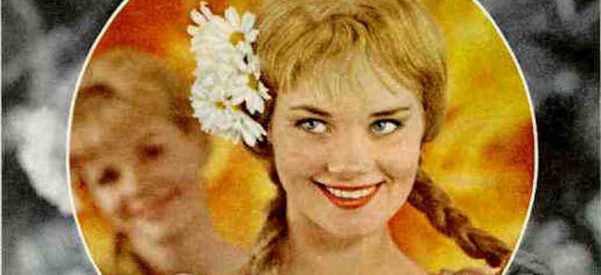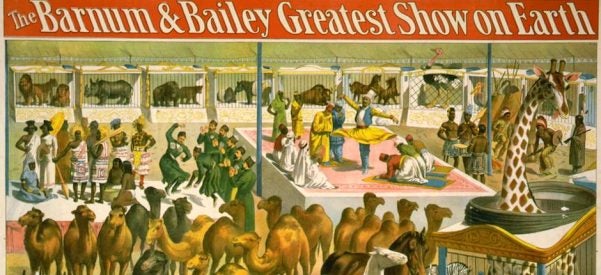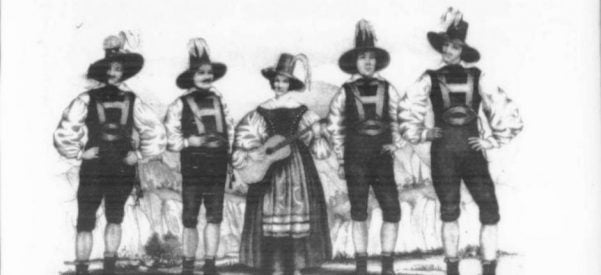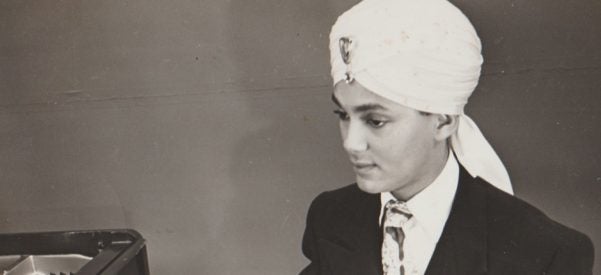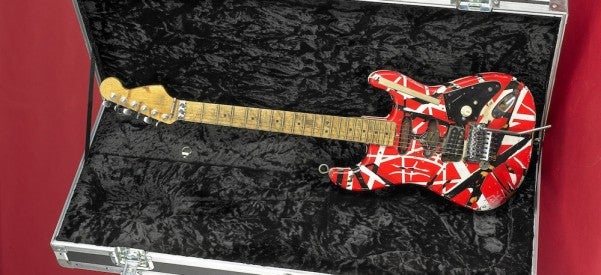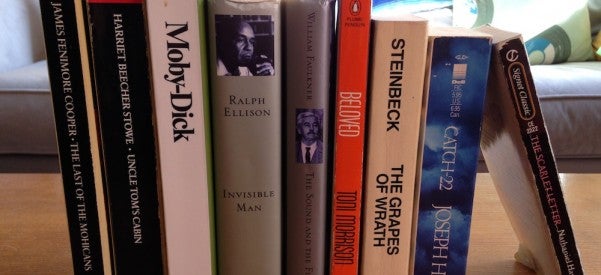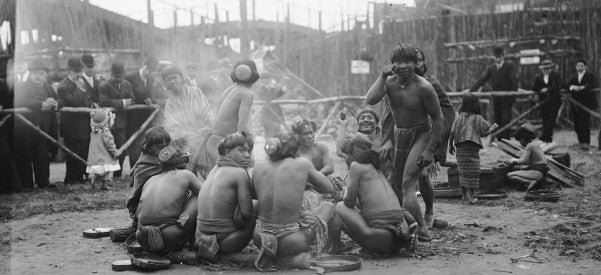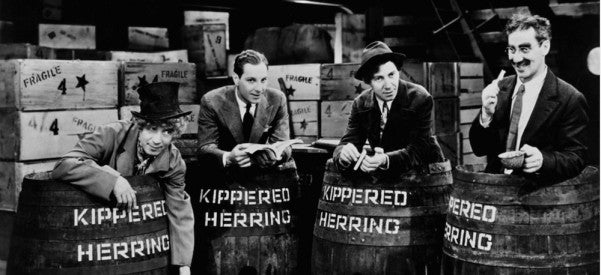Why Color TV Was the Quintessential Cold War Machine
The Technological Innovation Transformed How Americans Saw the World, and How the World Viewed America
In 1959, at the height of the space race, Vice President Richard Nixon and Soviet Premier Nikita Krushchev stood together, surrounded by reporters, in the middle of RCA’s color television display at the American National Exhibition in Moscow. Nixon, speaking to Krushchev through a translator, pointed proudly to the television camera before them and addressed the technological competition between the two nations that the leaders had just been debating. “There are some instances where you may be ahead of us, …


